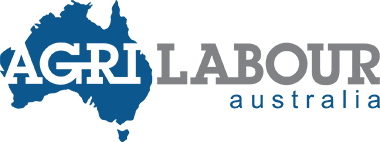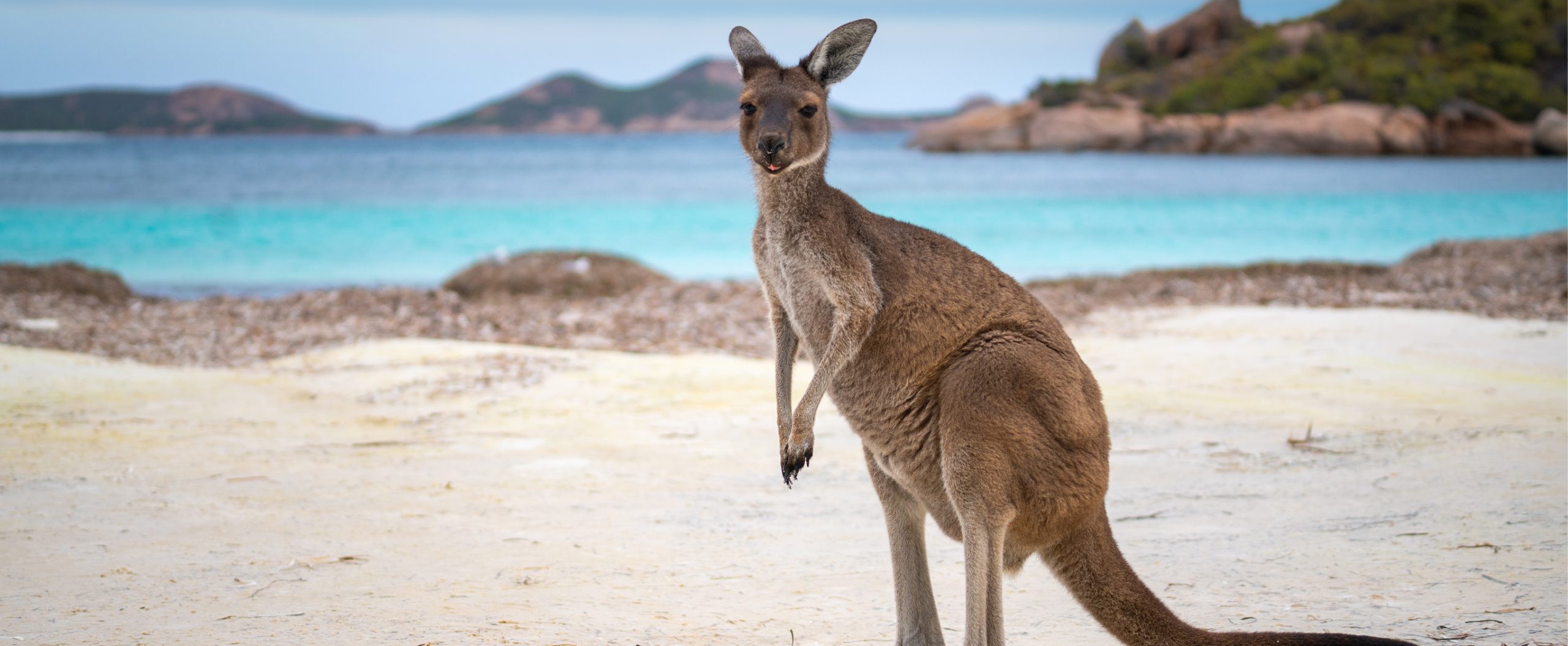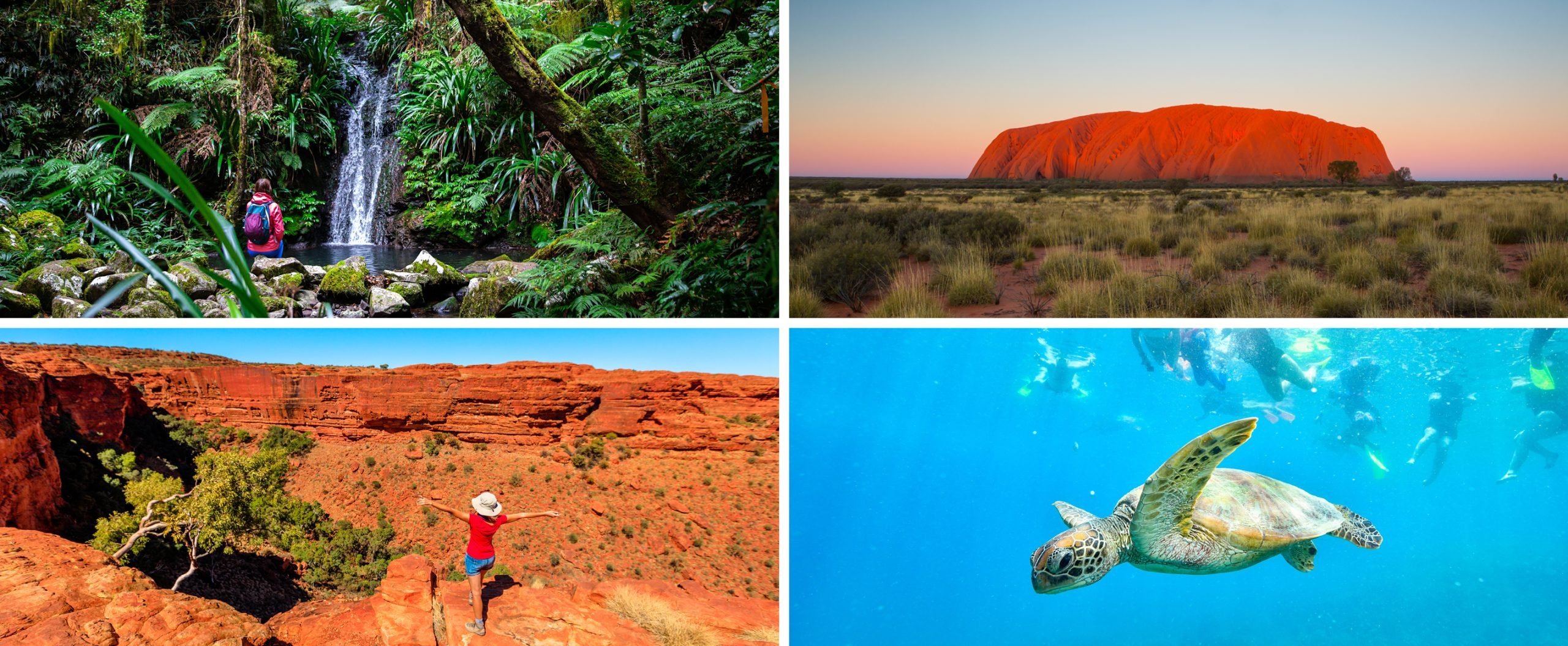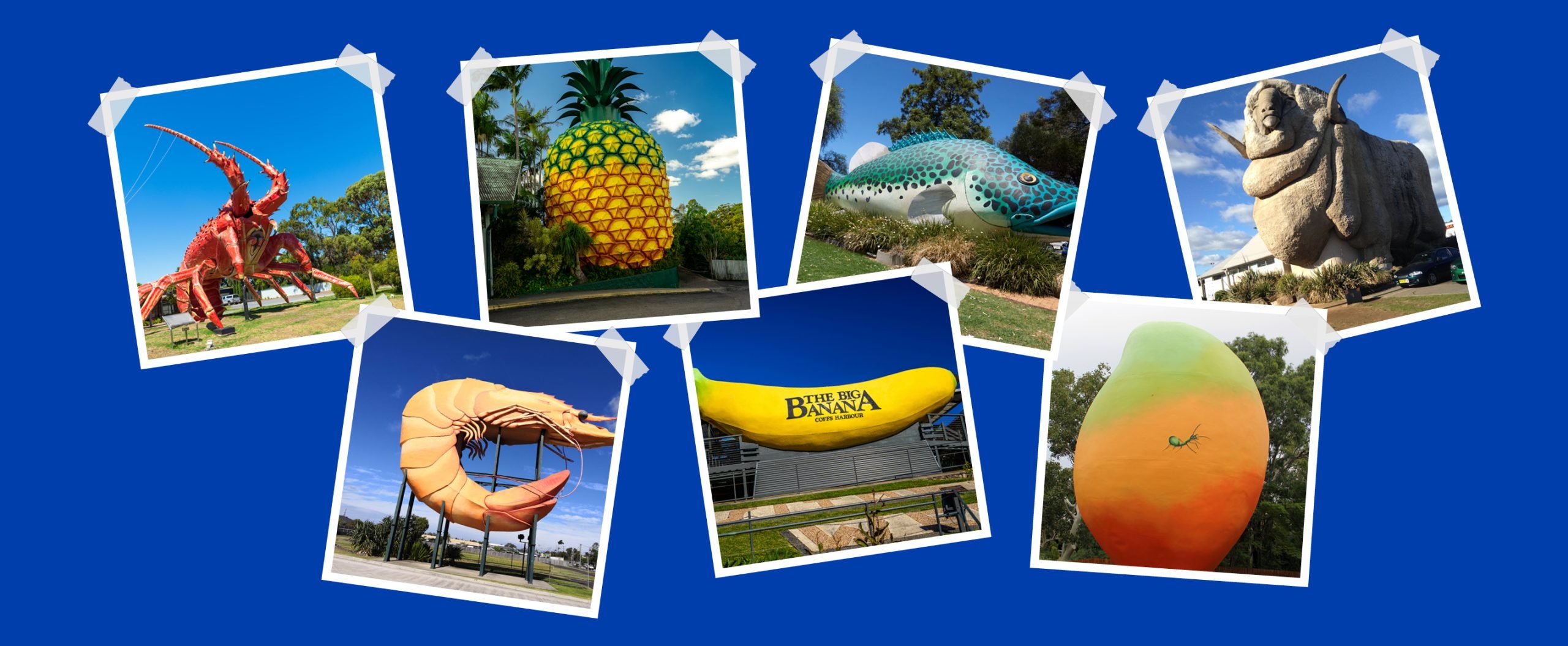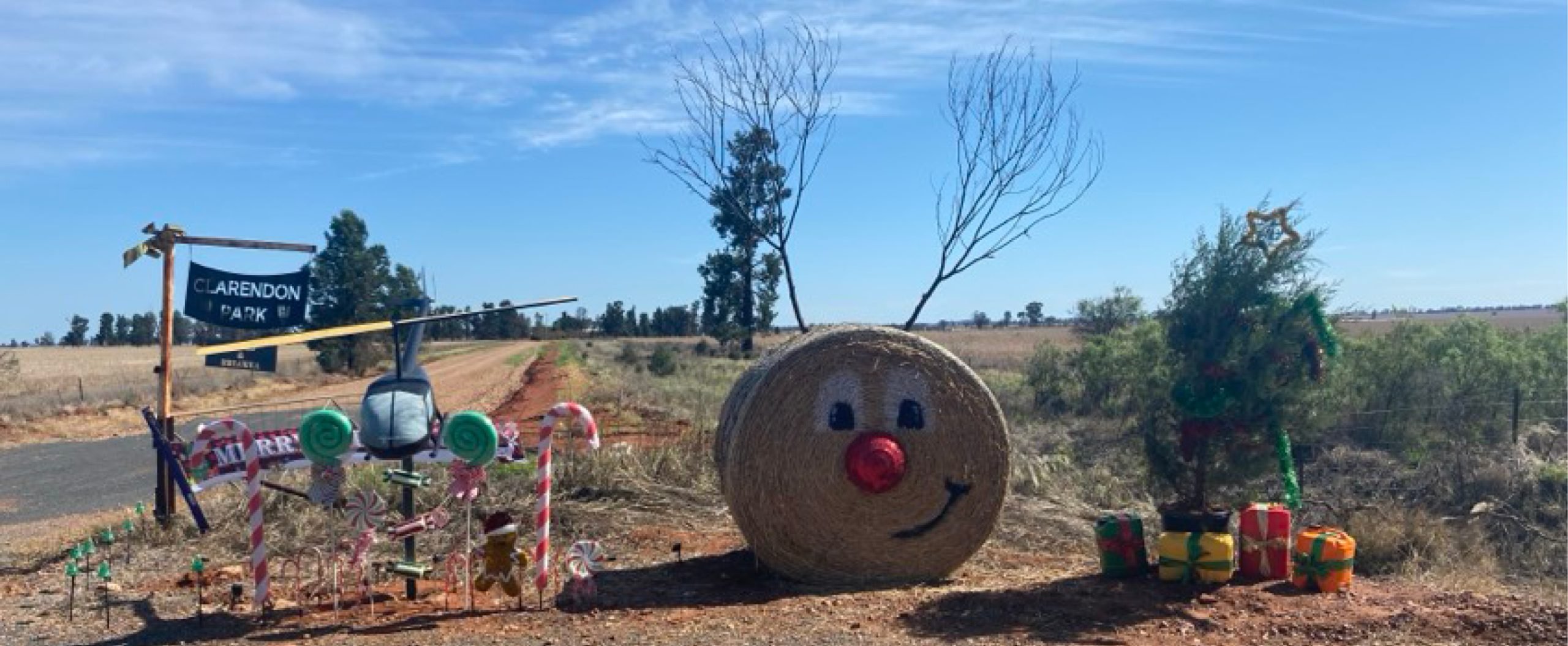Moving to a new country is exciting but it can also feel difficult at times. Working in a different place can come with challenges – especially when you’re living in a new culture far from home.
The good news is that Australia is a friendly and welcoming country, and there are many ways to get integrated into your new local community . From joining sports teams to volunteering at charities, there are plenty of opportunities to help you get acclimatised while meeting new people. With that in mind, we’ve compiled some ideas for how to make friends while on a working holiday in Australia.
Get involved with sports
Whether you’re an avid sports fan or just looking for a fun way to socialise, joining a local club is a great way to meet new people while staying active. Sport is a popular pastime in Australia – with many locals invested in watching or playing cricket, rugby, tennis and other social sports.
If playing sports doesn’t align with your interests, attending local games can still be a great way to connect with your new community while making friends.
Connecting through your faith
If you’ve grown-up with a faith in your home country, continuing to worship while in Australia can be a great comfort – bringing a sense of familiarity while connecting with others that share your spiritual beliefs. As a multicultural country, Australia is home to a variety of religions. Most regions have churches, temples, mosques and other places of worship available to visit.
Visiting your local religious organisation is a wonderful way to stay in touch with your faith while making new friends with similar beliefs and values. Churches and other places of worship tend to be very welcoming of new people, and instilling something familiar into your new routine can be a comfort while away from home.
Attend local community events
Most towns and cities across Australia have a range of community events that are both convenient and enjoyable to experience. Events such as markets, concerts, seasonal celebrations and other cultural events can be a great way to meet people in your new home. These events also offer the opportunity to learn more about Australian culture – discovering local traditions, music and foods (did someone say BBQ?).
Joining local Facebook groups can be a great way to stay informed of events happening in your local community and are yet another way to easily connect with locals of your new area.
Volunteer your time to local charities
Both rewarding and social, volunteering some of your spare time to local charities such as St Vincent de Paul Society, RSPCA or the Salvation Army offers many benefits. Helping those in need in your new home can be a great boost to your sense of belonging and meeting new people along the way is a bonus.
Volunteering is also a wonderful opportunity to practice your English while working with locals with strong morals. Contributing to something meaningful can also be a boost to your confidence – just a couple of hours per week can make a huge difference to local organisations.
Socialise with fellow candidates
Bonding with your Agri Labour Australia colleagues is an easy way to connect with new friends – especially considering they are also new to the country and can empathise feelings such as homesickness.
Living and working together with other candidates gives the opportunity to share a sense of camaraderie while sharing new experiences. And going on adventures together during your time off is a great way to see more of Australia!
Agri Labour is here to help
Whatever the issue, Agri Labour Australia is here to support you throughout your journey in Australia. Our team can offer advice and help answer any questions you may have — whether it’s about work, living in Australia or settling into your new community.
